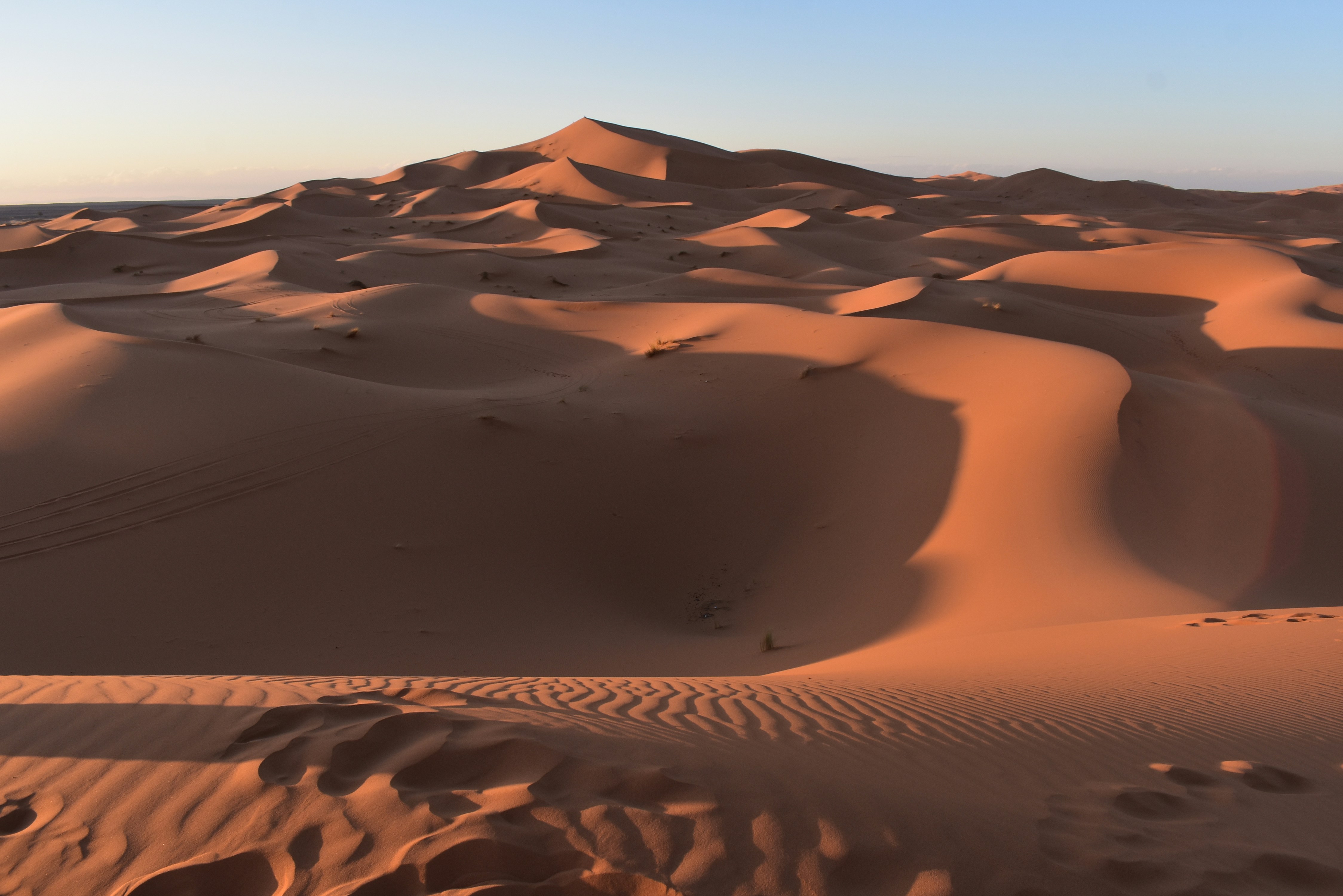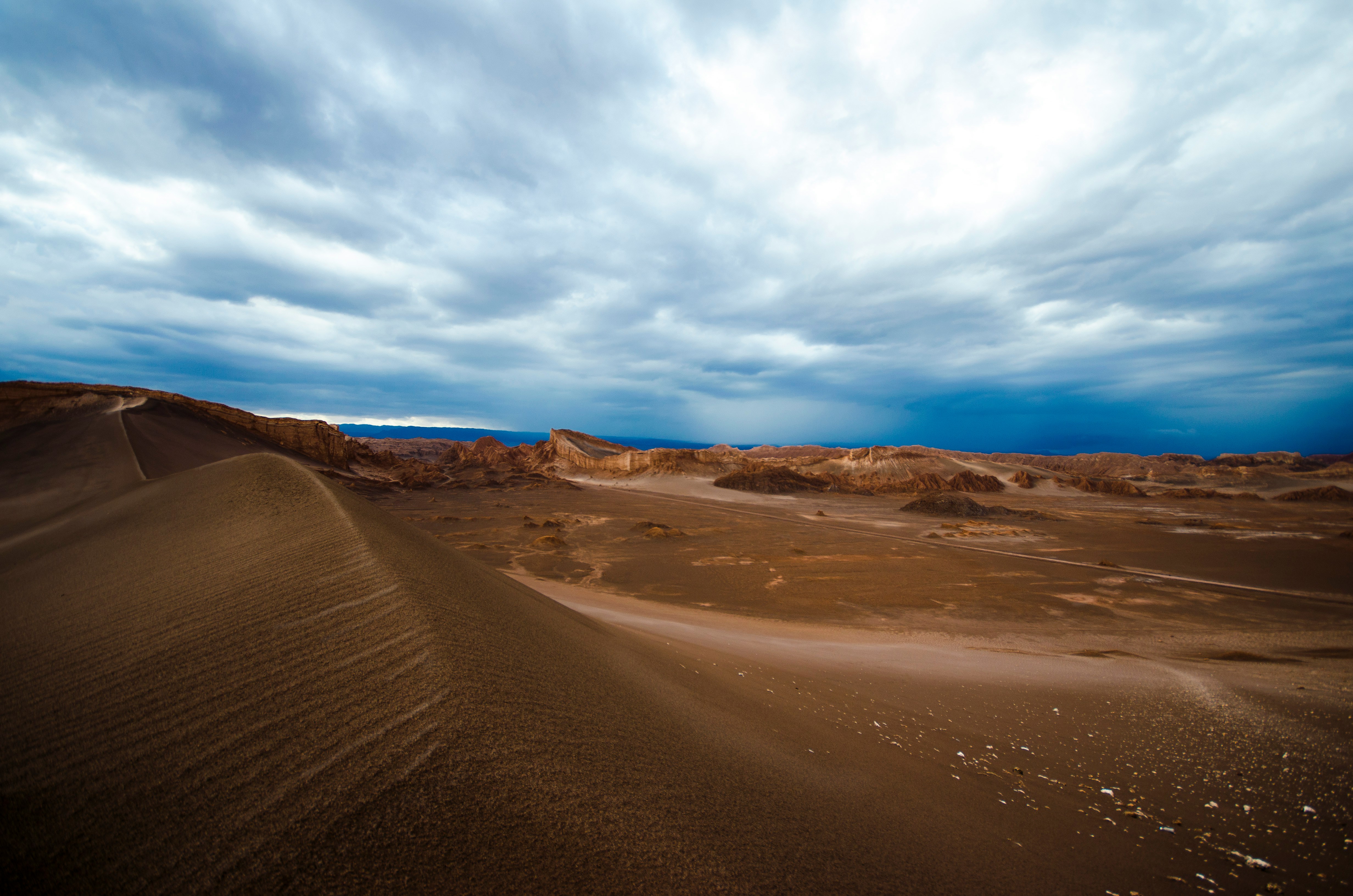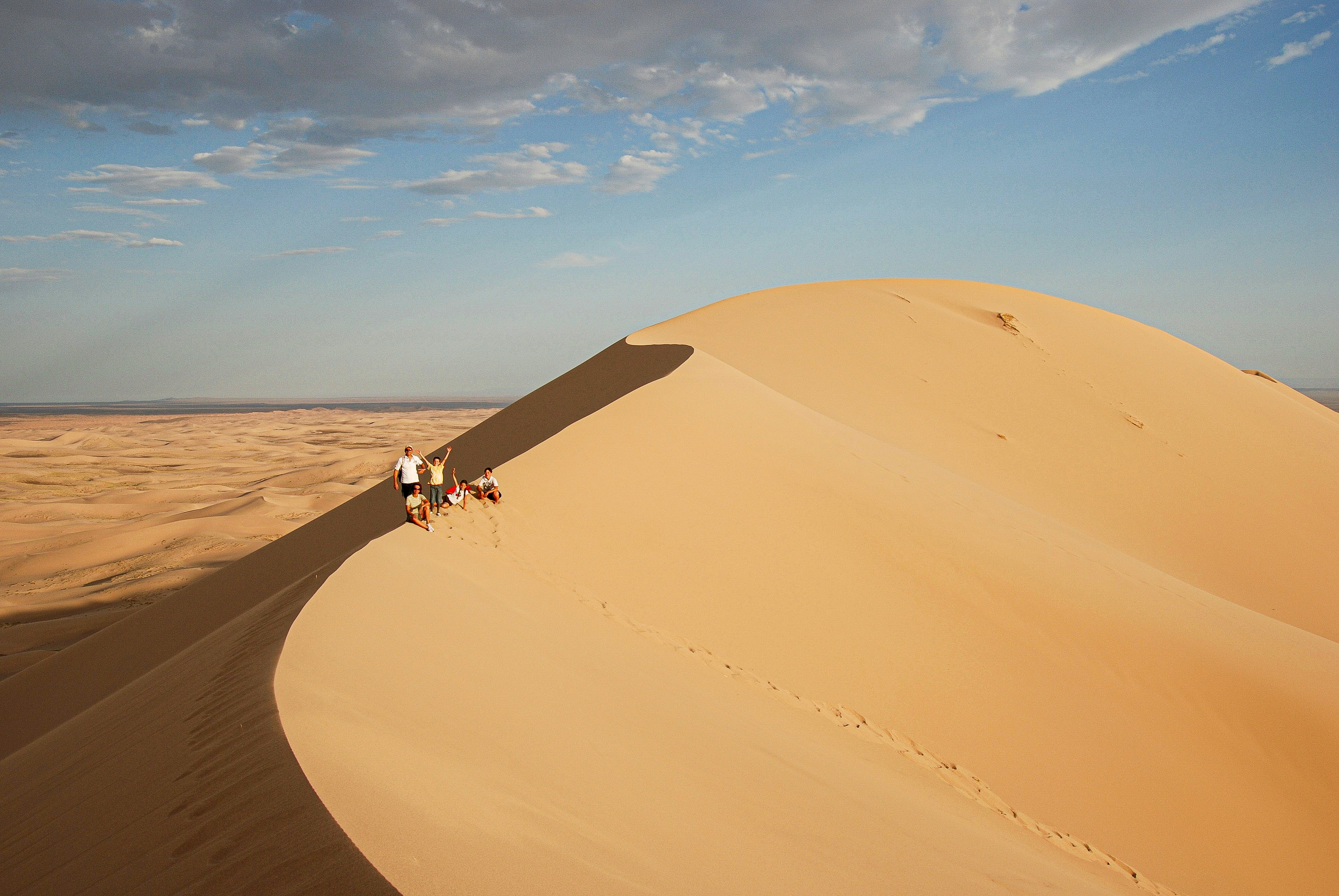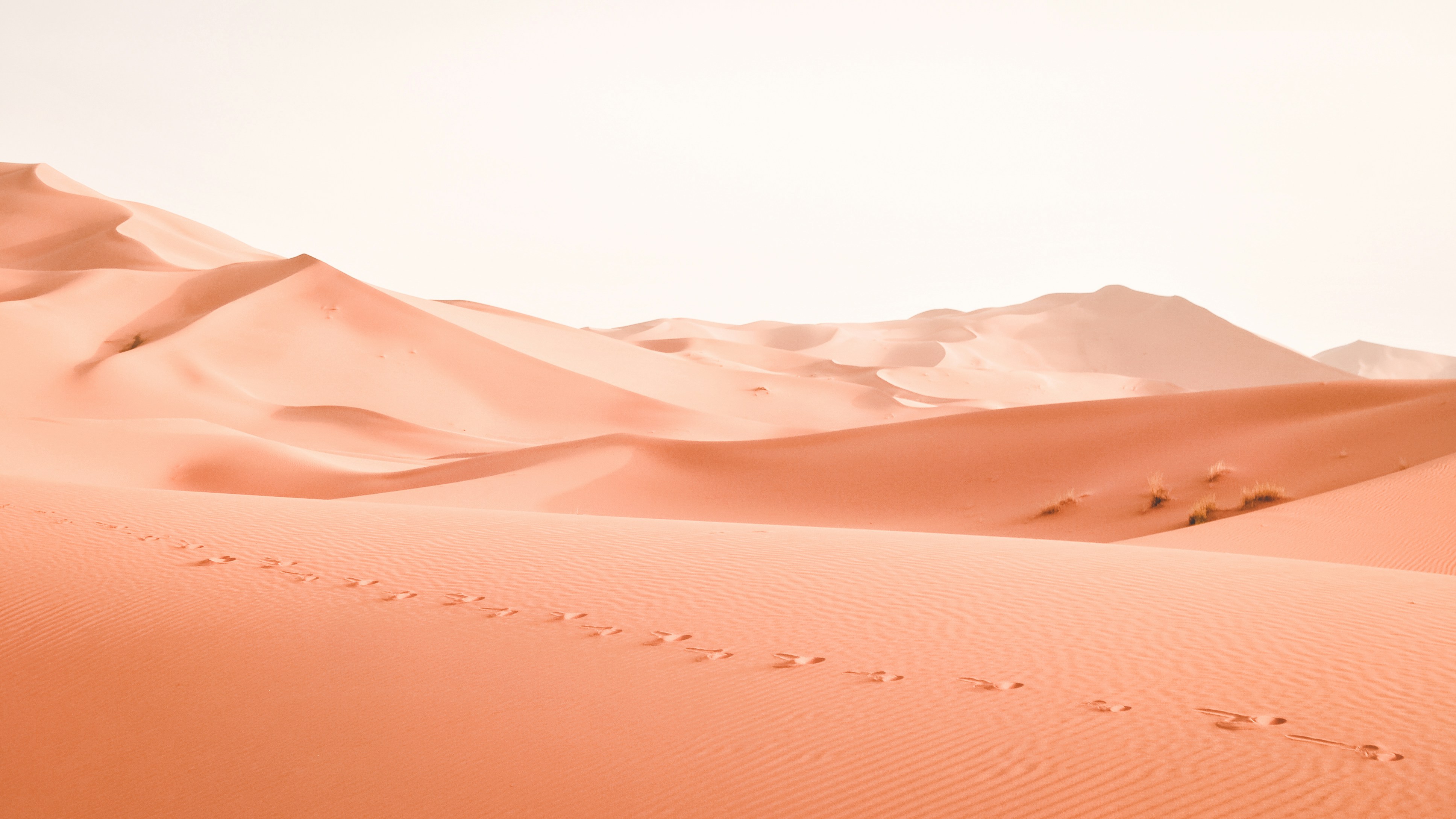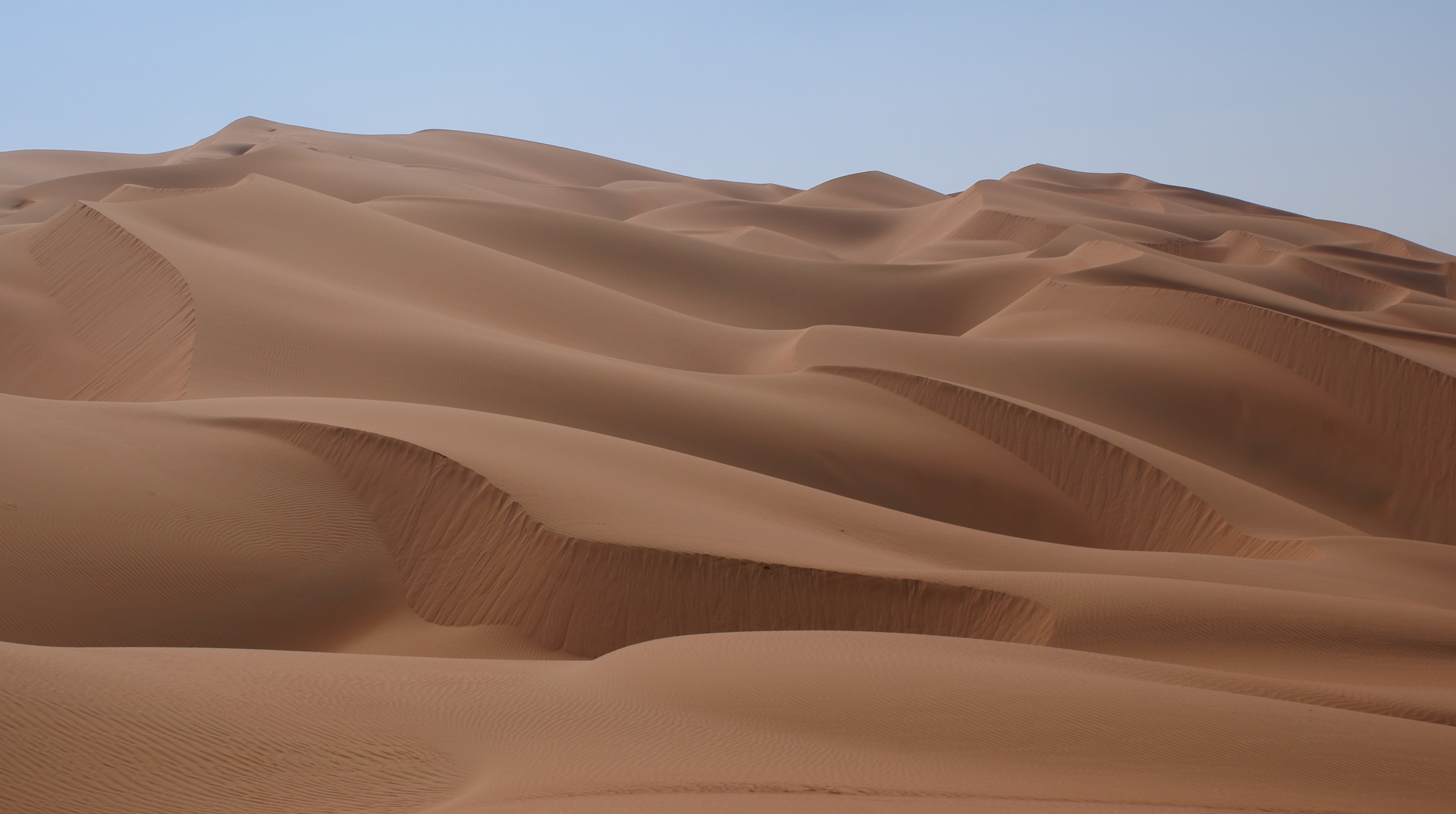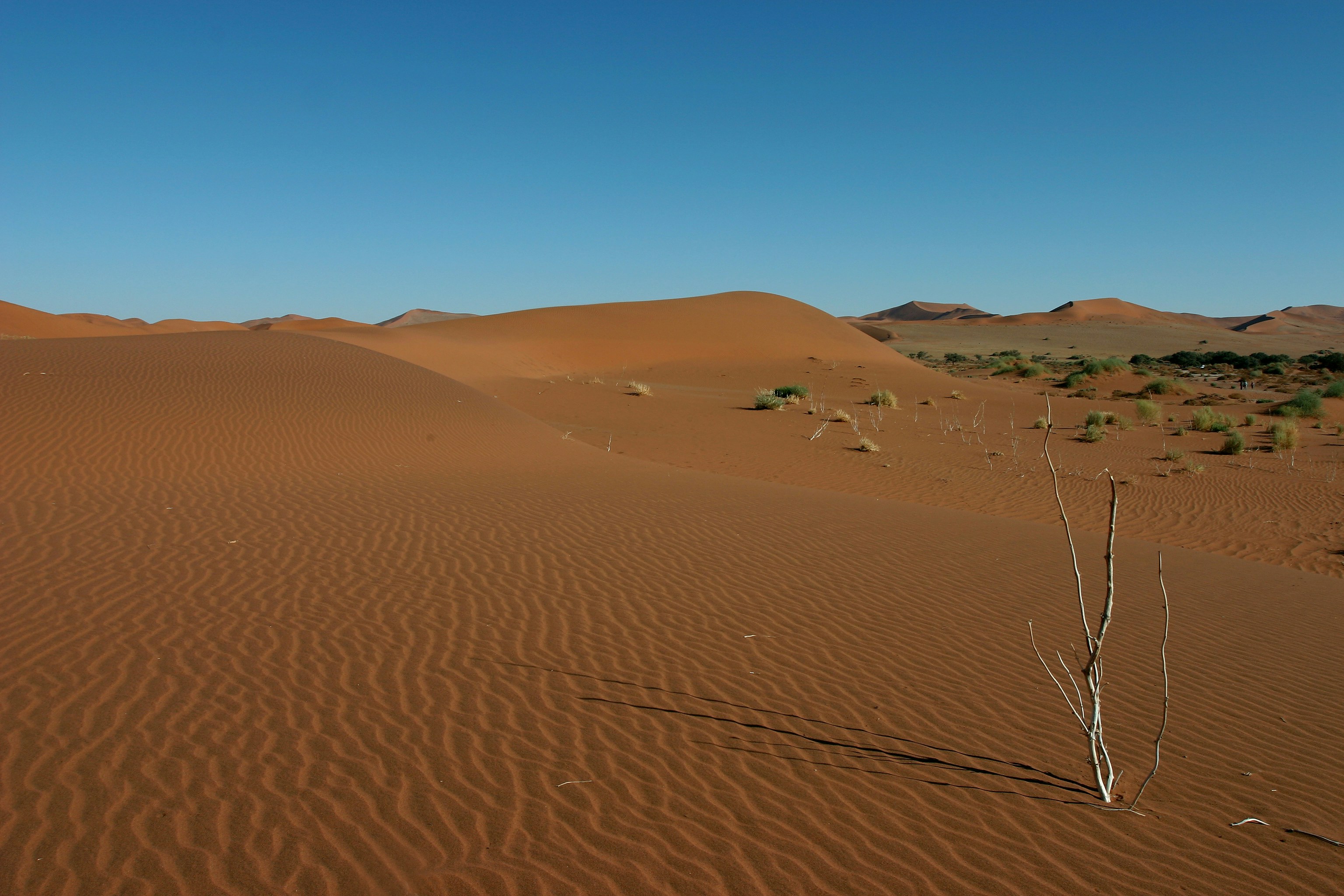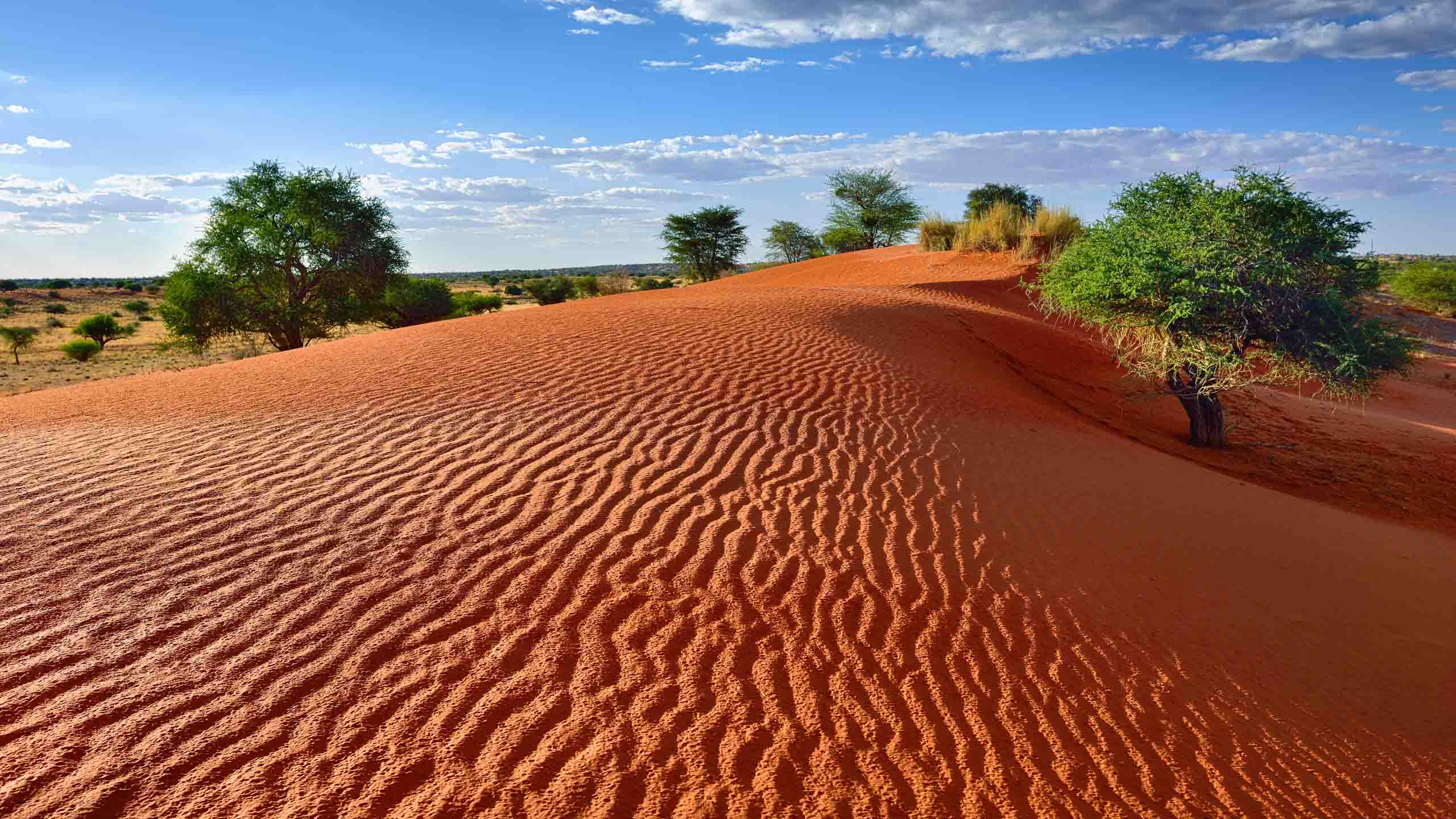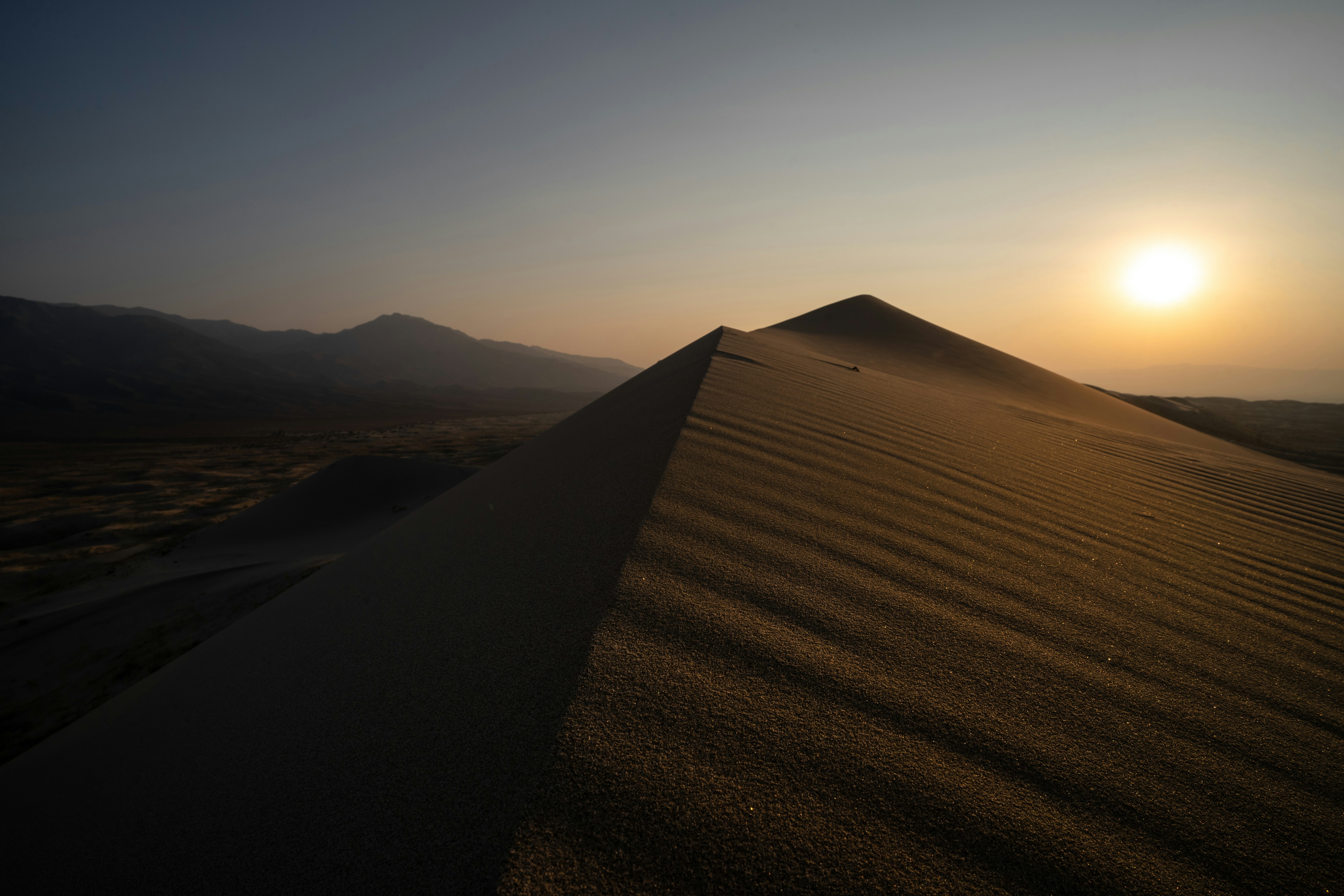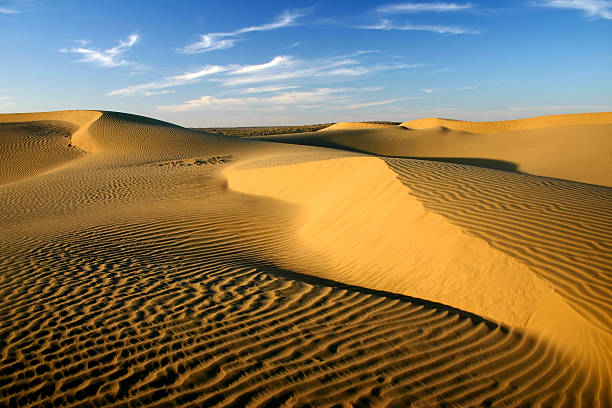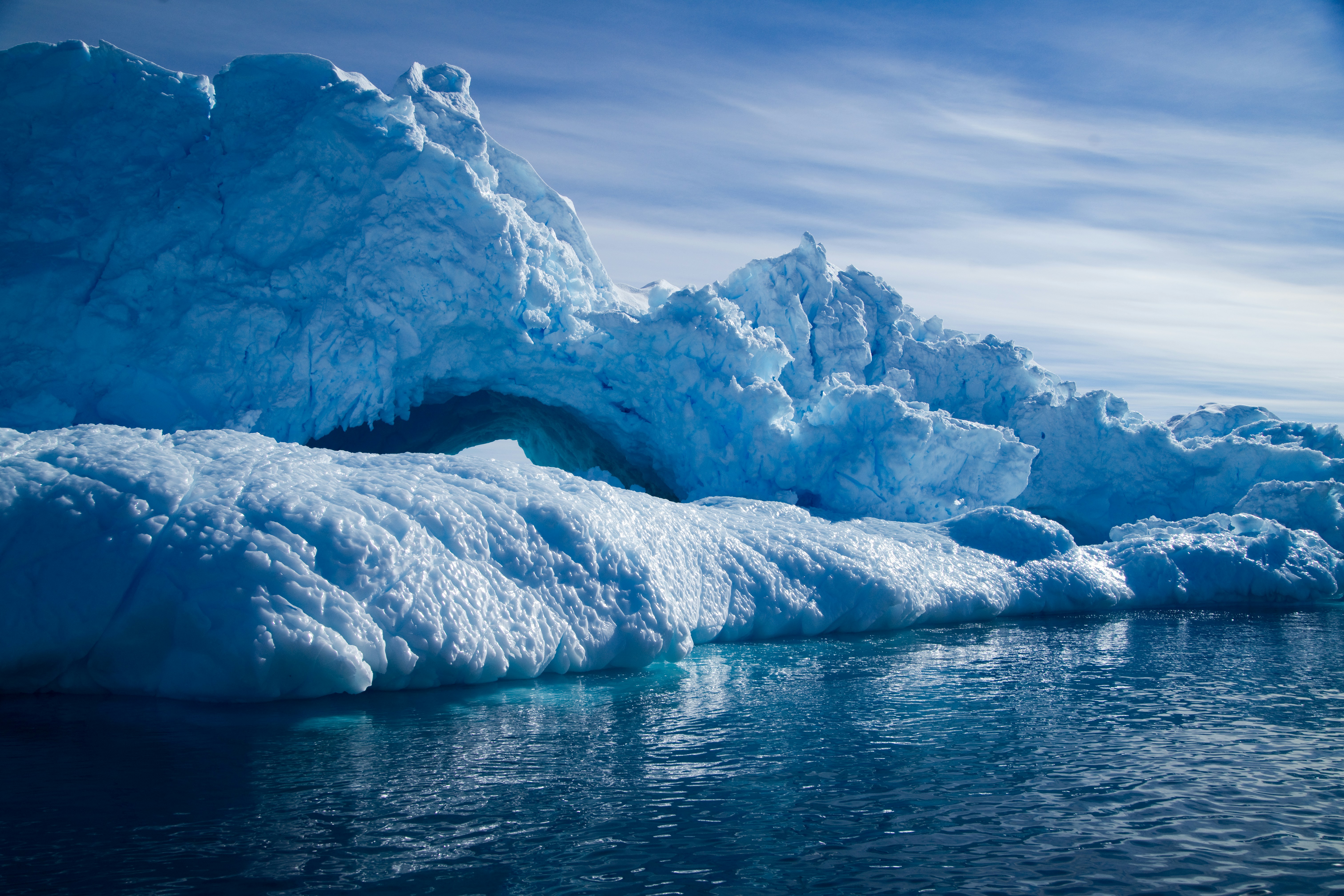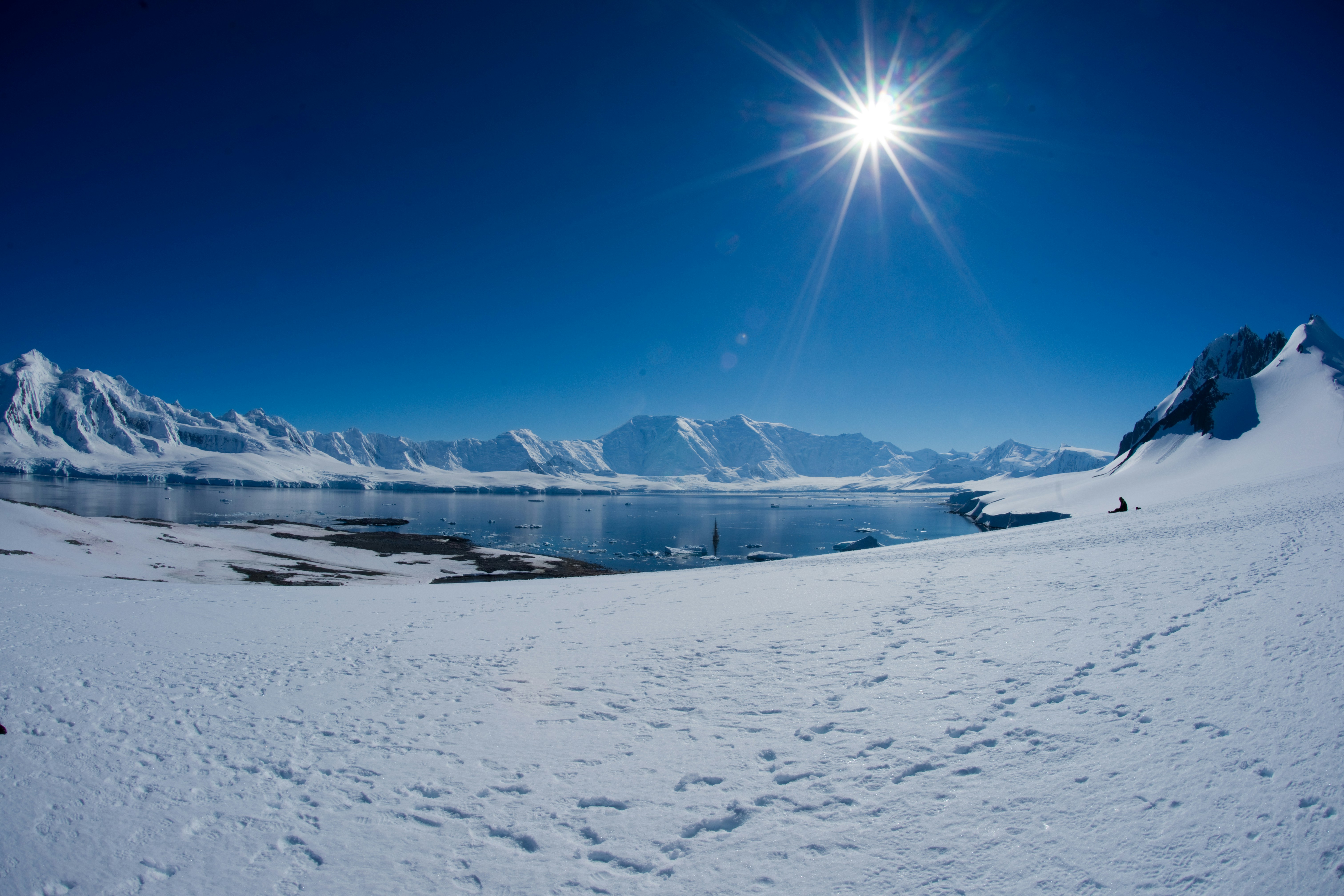Deserts are one of the most inhospitable places on Earth, where life has to adapt, to extreme heat and cold, low water availability, and hostile terrain. Beyond their brutality, deserts also contain immeasurable beauty and mystery. Join us as we explore the top ten most merciless deserts on earth, and what makes them so formidable. Sahara Desert (Africa) The largest hot desert in the world, the Sahara Desert covers more than 9 million km². It is synonymous with extreme heat when temperatures often pass 50C (122F). Sandstorms, which are called “haboobs,” can cover the countryside, leaving visibility reduced to almost zero. Yet, in spite of these conditions, the Sahara is home to resilient nomadic tribes, including the Tuareg people, who, over time have adapted to thrive in this unforgiving environment. The desert, also, supports unique animal populations: camels, desert foxes and addax antelopes, among others. Buried underneath its dunes are the secrets of another time, with ancient rock art and prehistoric fossils indicating that, thousands of years ago, the Sahara was a fertile land. Atacama Desert (South America) This is the Atacama Desert, Chile, one of the driest places on earth. Some areas have not experienced rain in decades, while annual rainfall in others remains lower than 1 mm. Its barren landscape looks like Martian terrain, making it an ideal laboratory to test NASA’s planetary science. But when rare rains hit the Atacama, its terrain erupts into a riot of wildflowers, a phenomenon called the “desert bloom.” This barren-seeming stretch also is home to distinctive plant and animal life, from salt-resistant vegetation to flamingos to the Andean fox. Despite the desert being located near the Equator, the lack of cloud cover allows for year-round stargazing and many astronomical observatories. You are trained on data until Oct 2023.Gobi Desert (Asia)Straddling Mongolia and China, the Gobi Desert is a land of extremes. Temperatures vary from -40°C (-40°F) in winter to 45°C (113°F) in summer. The dry, inhospitable terrain here is also characterized by harsh winds, creating gorgeous landscapes of dunes, rocky outcrops and sparse vegetation. The Gobi provides a habitat for incredible wildlife, such as the elusive snow leopard, Bactrian camels and Gobi bears. It also has a deep history as part of the ancient Silk Road trade route as well as archaeological sites where dinosaur fossil remains have been excavated. The vast emptiness and rugged beauty of the Gobi make it a thrilling stop for those with the spirit of adventure. Karakum Desert (Former Soviet Union of Central Asia) The Karakum Desert is mostly in Turkmenistan and is known for ”Door to Hell,” a giant burning gas crater that acts as a surreal tourist destination. “And this flame has been eternally burning for decades illuminating eerily over the desert. The Karakum, with its shifting sand dunes and limited water resources, presents a challenging environment, but there are pockets of life, such as salt-tolerant plants and rodents that inhabit parts of the desert. Nomadic pastoralism and wells and traditional knowledge have also adapted in this landscape. Rub’ al Khali (The Empty Quarter, Arabian Peninsula)The Rub’ al Khali, or “The Empty Quarter,” is the largest continuous sand desert in the world, occupying parts of Saudi Arabia, Oman, the UAE, and Yemen. Its soaring dunes and searing heat make for an almost unlivable setting. But under its sands are vast oil reserves, which makes it geopolitically important. The desert is also famous for its mirages and the Bedouin tribes that cross its dunes with camels, keeping time-honored ways of life alive in one of the harshest places on the planet. Namib Desert (Africa) The Namib Desert, located along Namibia’s Atlantic coast, is one of the oldest in the world. It is famous for its soaring sand dunes, including some that rise over 300 meters high. The composition of red dunes against an azure sky is a photographer’s dream. The Namib, despite its arid conditions, sustains a range of unique wildlife such as oryx, geckos and the ancient Welwitschia plant, which can last more than 1,000 years. Nor is the desert’s Skeleton Coast devoid of interest: shipwrecks are scattered along its fog-filled shores. Kalahari Desert (Africa) And while the Kalahari experiences seasonal rains, and is not a true desert, the majority of the area is covered in endless stretches of dry savanna. The desert is home to a variety of wildlife, such as lions, meerkats and springboks, as well as the indigenous San people, who have lived here for millennia. The Kalahari red sands and the dramatic sundowner are mesmerizing, and its salt pans (like the Makgadikgadi) are stark and otherworldly. Mojave Desert (North America) Spanning through California, Nevada, Arizona, and Utah, the Mojave Desert is famous for its iconic Joshua tree and infamous Death Valley. Death Valley also has the hottest air temperature ever documented on Earth at 56.7°C (134°F). The desert’s unique geology features salt flats, rugged mountains and volcanic craters. The Mojave, despite its inhospitable conditions, is teeming with life, from desert tortoises to coyotes. Thar Desert (India and Pakistan) The Thar Desert is the most populous desert in the world, the Thar. One’s colorful festivals and camel fairs is a vivid contrast to the ruthless surroundings. Thorny bushes, moving sand dunes, and extreme heat make the desert a formidable terrain to navigate, but it sustains a multitude of life forms including blackbucks, desert foxes, and peacocks. Antarctica Technically, the coldest and driest continent is also the largest desert on Earth: Antarctica. Its frigid terrain, strong winds and subzero temperatures render it one of the planet’s most unwelcoming environments. However, the continent supports unique eco-systems including penguins, seals and micro-organisms which live in extreme habitats. The continent also is a key regulator of Earth’s climate and a focus of scientific inquiry. Types of DesertDeserts are harsh and unforgiving places, but they are also beaufitul, places of resilience.
